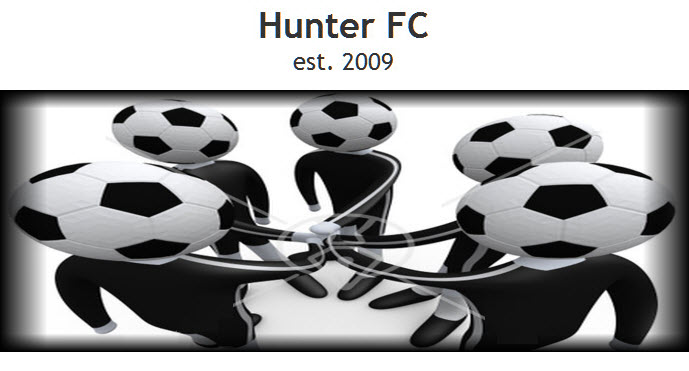05.29.10 - SI Vault
When he launched that grand but doomed soccer experiment known as the New York Cosmos in the early 1970s, Clive Toye made a symbolic decision. One of the local baseball teams was officially called the Metropolitans. O.K., Toye thought, we'll do the Mets one better. We'll be what soccer is, or at least what the NASL's flagship club aspires to be. We'll call ourselves the Cosmopolitans.
It has taken nearly half a century, but soccer, cosmopolitanism and the U.S. at last belong in the same sentence. We've always assumed that the answer to the abiding question Will Americans ever embrace soccer the way others do? hung on whether a homegrown league was a big success. Well, soccer in the U.S. is a big success, but instead of fashioning their own big-time soccer, Americans are flocking to the world's.
The evidence abounds. It's there in the tastes of under-35s, for whom having a favorite team in the English Premiership is a badge of cool. It's there in the sold-out stadiums that greet international sides when they tour the U.S. and in the record TV ratings Stateside for the finals of faraway competitions such as the Champions League and the Confederations Cup. It's there in the lines that form by 8 a.m. outside bars in U.S. cities, where people come as much for the on-the-terraces communion as for the televised matches from the Continent. It's there in the European club jackets and jerseys worn by young Americans. It's there in the cablecasts on Fox Soccer Channel, GolTV and ESPN's stable of networks, as well as in webcasts, pirated and legit, from the Premier League, Serie A, La Liga, the Bundesliga and the Eredivisie. Most of all, it's there in the ratings for the last World Cup final, which outdrew the average World Series or NBA Finals game that year. As virtually every other sport's TV ratings sink, soccer's are climbing. The rights to televise the Cup are now worth more in the U.S. than in any other country, and as of early March, World Cup ticket sales outside South Africa were greater in the U.S. than anywhere else.
Gone are the days when Dick Young, the New York Daily News columnist who called soccer "a game for Commie pansies," heckled Pelé at his Cosmos introductory press conference. ESPN's cranky generational lodestar, Bill Simmons, loves the European game for the authentic passion of its crowds. SI's own Monday Morning Quarterback, Peter King, has his flights booked for South Africa. And ESPN's vice president for content, John Skipper, is a Tottenham Hotspur fan. In 2006 ESPN called about a third of the World Cup from its Bristol, Conn., studios; this time the company's various outlets, plus big brother ABC, will be on-site for every match, delivering action on TV, radio, the Web and mobile telephones, with nightly rebroadcasts on ESPN Classic for those philistines who don't skip work to watch live.
It's clear who many of these consumers will be. Spain doesn't have as many inhabitants as the U.S. has Hispanics, which helps explain why Univision paid three times as much for the U.S. rights to broadcast the 2010 and '14 World Cups in Spanish as ESPN did for the rights in English. But what's really driving the vogue for overseas soccer is the under-35 generation, which is digitally savvy and comfortable with multiculturalism. The U.S. is the only country in which the national team's World Cup matches don't draw the highest domestic ratings; in 2006 Americans preferred games involving Brazil, Italy and Mexico.
It's nonetheless worth wondering how convulsed the country might be if, as in last summer's Confederations Cup, the U.S. were to reach the final. There's the old joke about America's teeming youth soccer leagues: So many kids play so they don't have to watch. Today so many Americans watch so they can play—play, at long last, in the global sandbox.

No comments:
Post a Comment